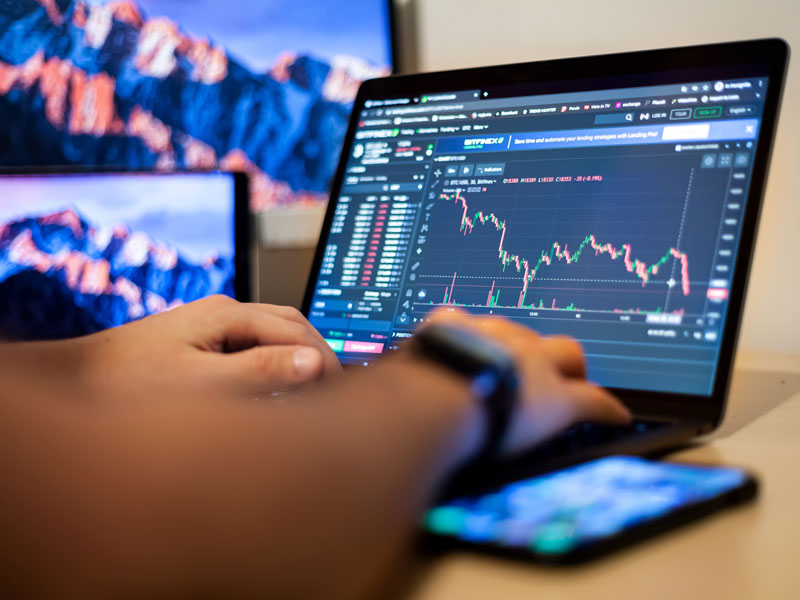
Comprehensive Forex Trading Tutorial for Beginners
Forex trading, or foreign exchange trading, is one of the most accessible and liquid markets in the world. As a beginner, diving into forex can be daunting, but with the right guidance, you can navigate this intricate market with confidence. In this tutorial, we will cover essential concepts, strategies, and tips to aid you in your forex trading journey. If you’re looking for reliable platforms to start trading, consider checking out forex trading tutorial Uzbekistan Brokers. Let’s get started!
Understanding Forex Trading
Forex trading involves exchanging one currency for another with the aim of making a profit. The forex market is open 24 hours a day, five days a week, making it the perfect environment for traders all over the globe. With an average daily trading volume exceeding $6 trillion, the forex market is the largest financial market in the world.
Key Forex Terminology
Before delving deeper, it’s essential to understand some crucial terminology:
- Currency Pair: Forex is traded in pairs (e.g., EUR/USD), where one currency is bought while the other is sold.
- Base Currency: The first currency in a pair, which is being bought or sold.
- Quote Currency: The second currency in a pair, indicating how much of it is needed to purchase one unit of the base currency.
- Pips: The smallest price move that a given exchange rate can make, typically the fourth decimal point in forex quotes.
- Leverage: A tool that allows traders to control larger positions with a smaller amount of capital. It can amplify both gains and losses.
Choosing a Forex Broker
Selecting the right forex broker is a vital step for beginners. Here are some factors to consider:
- Regulation: Ensure that the broker is regulated by a reputable authority to protect your investment.
- Trading Platform: A user-friendly and reliable trading platform enhances your trading experience.
- Spreads and Fees: Compare the spreads, commissions, and any additional fees charged by brokers.
- Customer Support: Adequate customer support can help resolve issues promptly, which is essential for a smooth trading experience.
Types of Trading Strategies
There are various trading strategies in forex that cater to different trading styles. Here are a few popular ones:
1. Day Trading
Day trading involves buying and selling currencies within the same trading day. This strategy requires constant monitoring of the market and quick decision-making skills.
2. Swing Trading
Swing trading is a medium-term trading strategy where traders hold positions for several days or weeks, taking advantage of price swings in the market. It requires analysis of market trends and patterns.

3. Scalping
Scalping is a short-term strategy involving making numerous trades over a day with the aim of capturing small price movements. It demands significant attention and quick execution of trades.
Technical and Fundamental Analysis
Two primary methods traders use to analyze the forex market are technical and fundamental analysis.
Technical Analysis
This method involves analyzing price charts and identifying patterns to make trading decisions. Traders use indicators like moving averages, Relative Strength Index (RSI), and Bollinger Bands to help predict future price movements.
Fundamental Analysis
Fundamental analysis focuses on economic news, events, and indicators that affect currency values. Key reports such as GDP, employment data, and inflation rates can influence currency prices.
Risk Management
Proper risk management is crucial for long-term success in forex trading. Here are some strategies to manage your risk:
- Set a Stop-Loss Order: A stop-loss order automatically closes a position at a predetermined price level, limiting potential losses.
- Use Proper Position Sizing: Determine the appropriate amount of capital to risk on each trade based on your overall trading account size.
- Avoid Over-Leverage: While leverage can amplify profits, excessive leverage can lead to significant losses. Use it wisely.
Continuous Learning and Improvement
The forex market is constantly evolving, and successful traders remain adaptable and open to learning. Here are some ways to continue your education:
- Join Trading Communities: Engage with other traders through forums, social media groups, and webinars to share knowledge and gain insights.
- Practice on a Demo Account: Most brokers offer demo accounts to practice trading without risking real money. Use this opportunity to hone your skills.
- Stay Updated: Follow news relevant to the forex market, including economic trends and geopolitical events that might affect currency prices.
Conclusion
Forex trading can be a rewarding endeavor if approached with caution and education. By understanding the basics, choosing the right broker, implementing effective strategies, and practicing sound risk management, you can set yourself on the path to success in the forex market. Remember, continuous learning and flexibility are key to thriving in this dynamic environment. Happy trading!
Leave a Reply